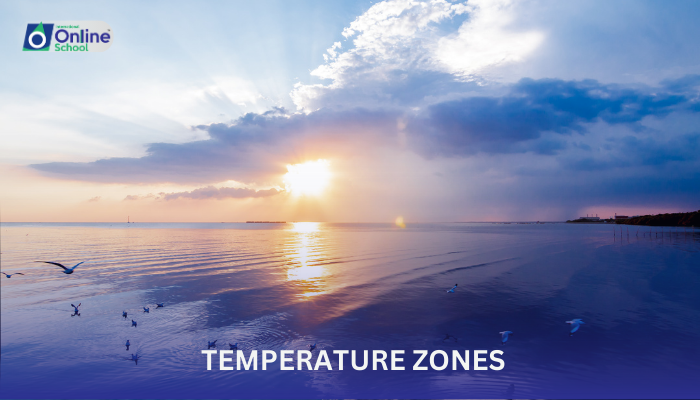
Pakistan is divided into four major zones on the basis of temperature variation i.e.
North-Western Mountainous Region
Winter sustains for eight months in these areas, at times mercury falls below 0°C.
Upper Indus Plain
This division includes the province of Punjab and major part of the NWFP. It is extremely hot in the months of June and July, dust storms below, tree leaves become dry and whither. In certain areas temperature goes as high as 50°C. winters, however, are short and tolerable. At times it gets very cold and uncomfortable, but generally, the sky remains clear and sun makes the climate pleasant.
Lower Indus Plain and Coastal Areas
Coastal areas form a part of the lower Indus Plain. Due to cool breeze blowing from sea, in an area of about 80 km from the coast, moderate temperature is maintained throughout the year. Temperature variations are not very sharp, for example during the first five months of the year (January to May) mercury varies form 18oC, to 28oC in Karachi. A variation of only 12oC is recorded during rest of the year. Karachi excluded, climatic conditions in rest of the Sind province are similar to those in the Punjab, the summer season, however, sets in earlier than the Punjab.
The Balochistan Plateau
In most parts of the Baluchistan Plateau, winters are extremely cold and summers unbearably hot. Mercury drops below 0°C at certain points due to cold northern winds, in other areas dry and bare mountains absorb heat during daytime and retain high temperature for long. Hottest point in the world like Sibbi and Jacobabad are located in this area.